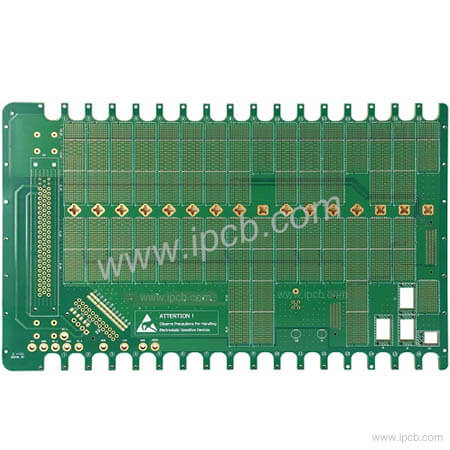In PCB manufacturing, the choice of substrate material is particularly important, and the properties of different plates are also different. These factors: thermal expansion, thermal coefficient, and smoothness will affect the performance of the entire board.
What factors should be paid attention to when choosing a substrate?

First, we need to find out where to use the materials we need and what characteristics we want the board to have so that we can choose the materials we really need.
For general electronic products, FR4 chips are usually used. It is not the name of the material, but the grade of the material. This means that the resin material must be able to burn itself.
At present, there are many fr-4 materials used on ordinary circuit boards, but most of them are made of tera-function epoxy resin, fillers and glass fiber composite materials with high temperature resistance.
In addition, the substrate will bend when heated, and the expansion and contraction of the board will affect the components, causing the electrode to peel off and reducing reliability.
Therefore, we should try to choose a steel plate with a small curvature, and FR4 substrate is a good choice.
The following factors should be considered when selecting PCB substrate materials:
(1) Choose a suitable substrate with a glass transition temperature (Tg) higher than the operating temperature of the circuit.
(2) High heat resistance, generally required 50s, 250°C/heat resistance.
(3) The flatness is good. SMT requires the use of a board with as small a curvature as possible, and the warpage is less than 0.0075mm/mm.
(4) Low thermal expansion coefficient. Since the thermal expansion coefficients of X and Y are inconsistent with the thickness direction, the PCB is easily deformed. In severe cases, the metallized holes will break, causing component damage.
(5) Electrical performance. High-frequency circuits need to choose materials with high dielectric constant and low dielectric loss. Insulation resistance, voltage strength and arc resistance must meet product requirements. Knowing the above several substrate selection elements, the author believes that choosing substrate materials will save a lot of effort.